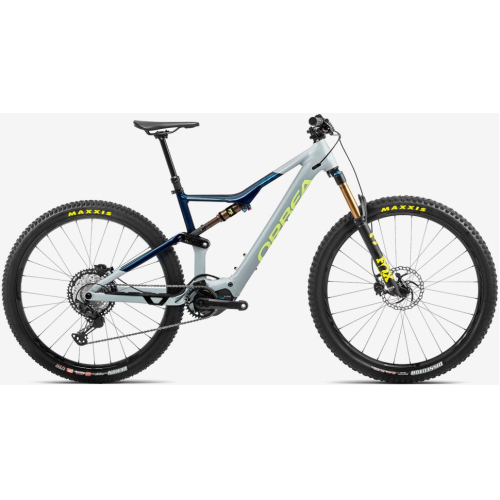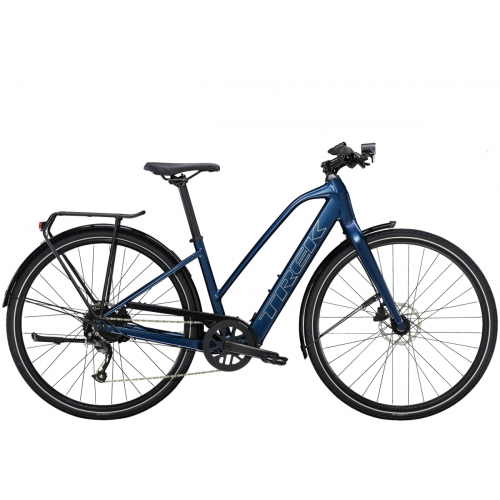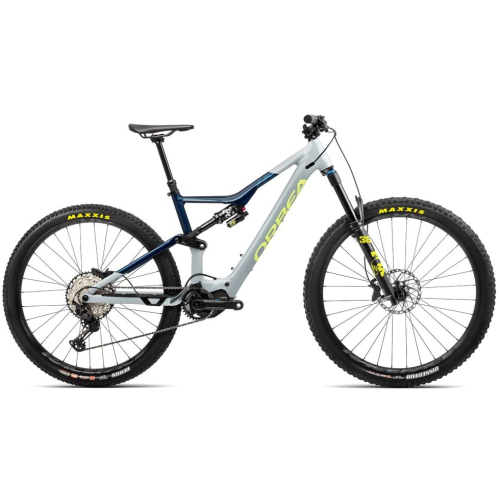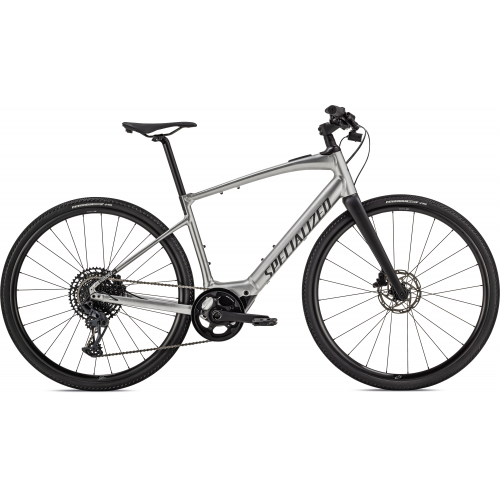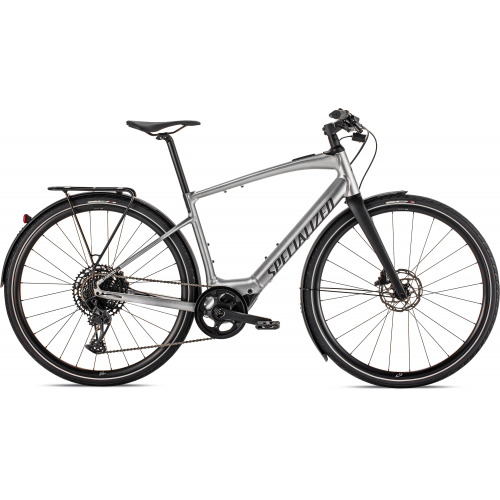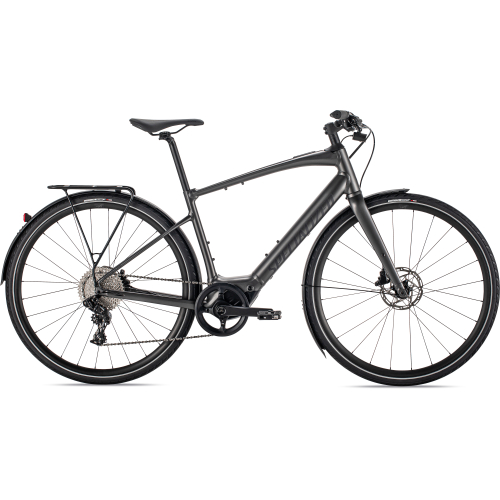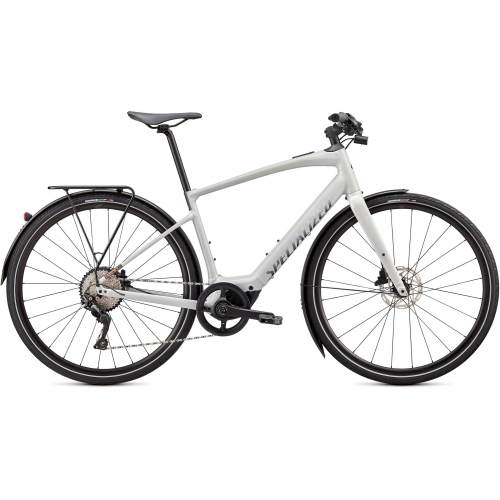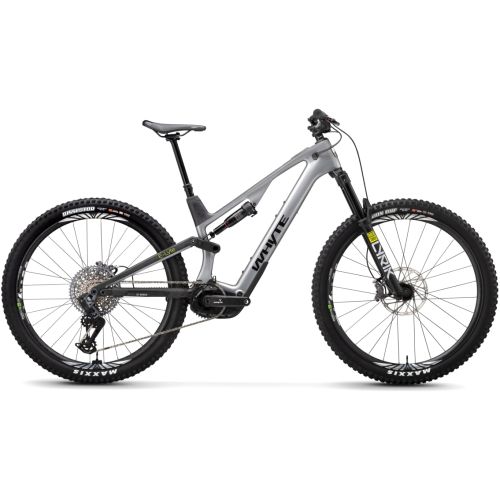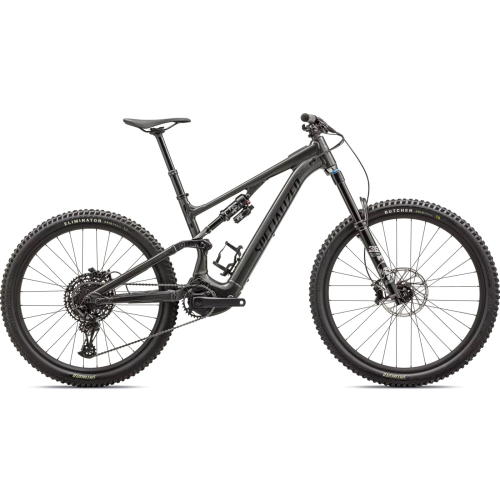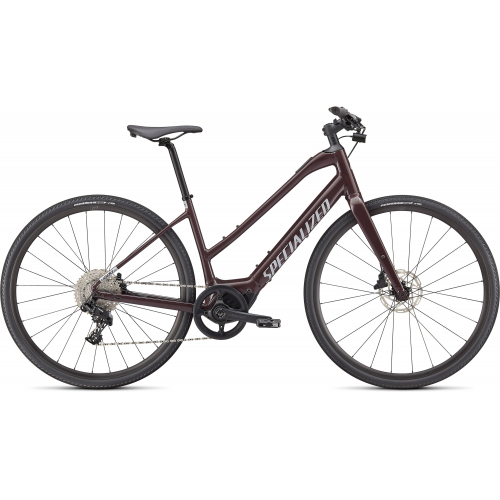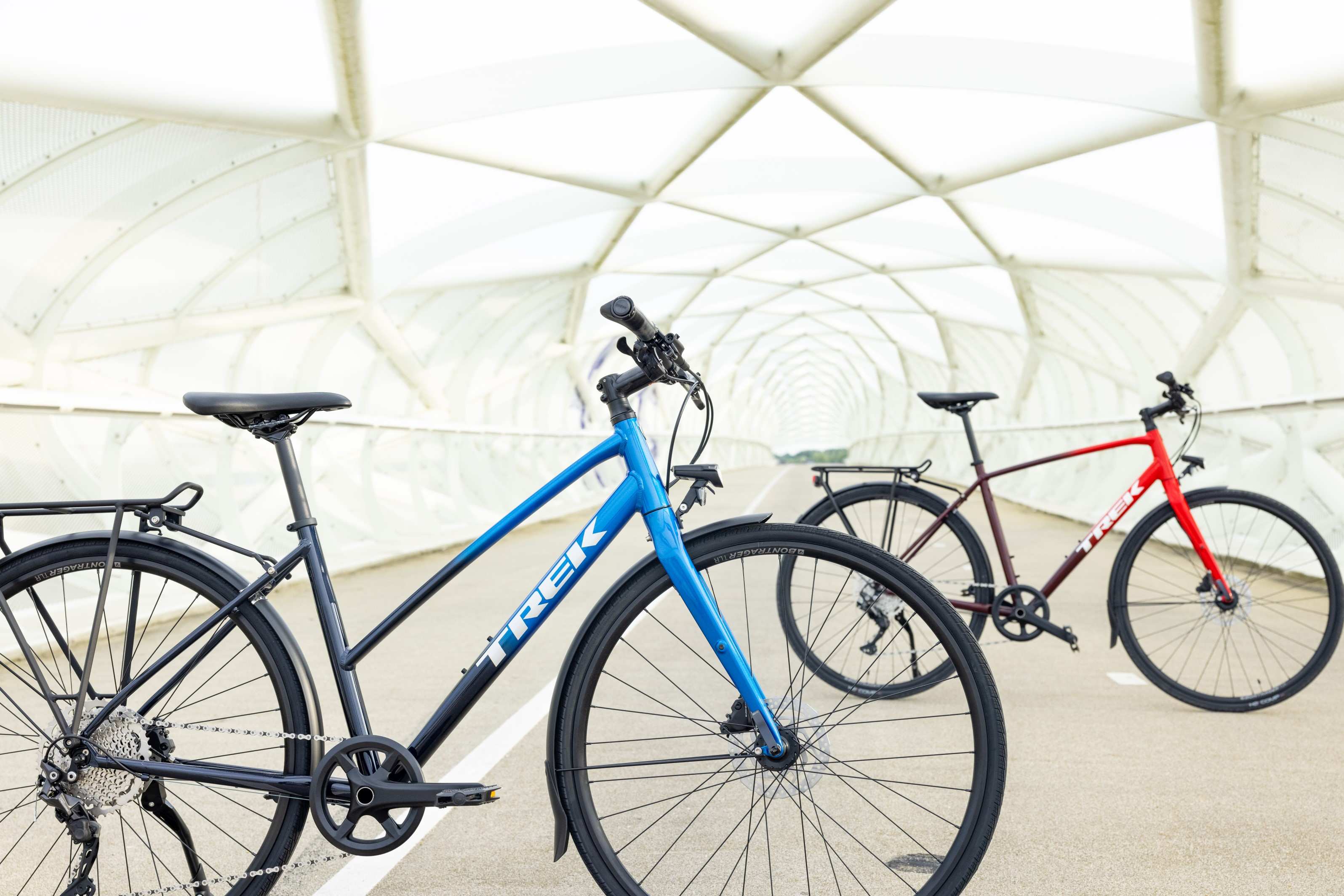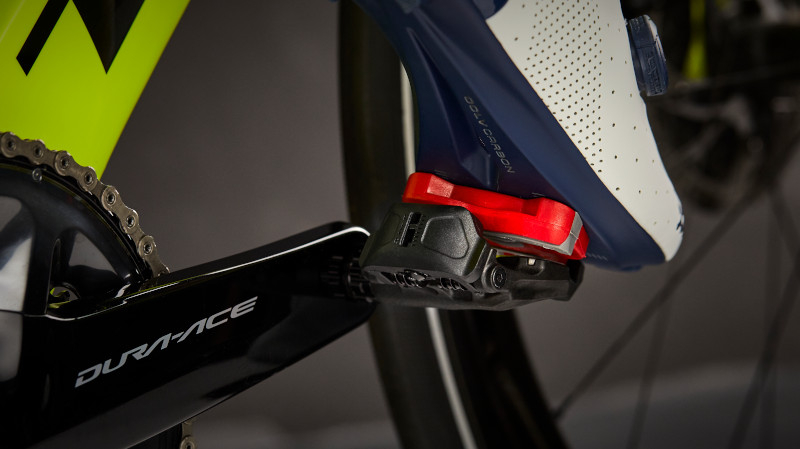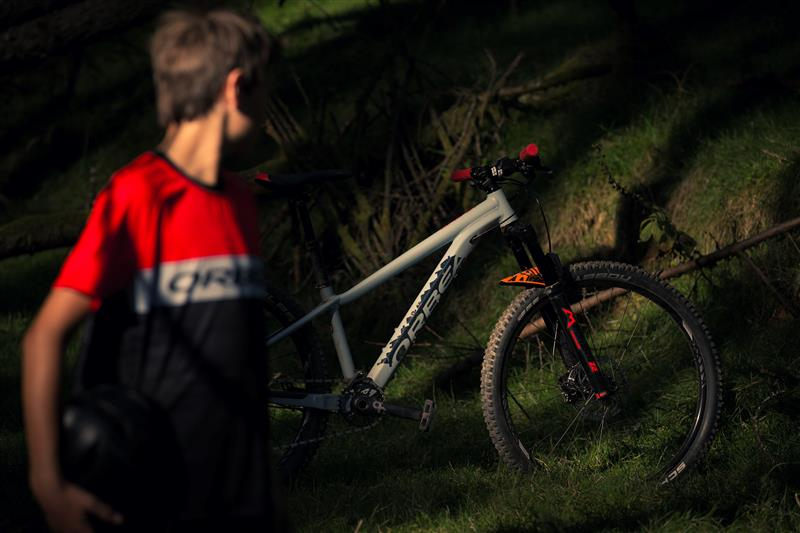Pros and Cons of Lightweight Electric Bikes

Pros and Cons of Lightweight Electric Bikes
Over the last couple of years a new generation of lightweight electric bikes has been released. These are sometimes known as SL or ‘super light’ bikes. They often cost around the same as a ‘full power’ electric bike and can be used for similar types of riding. In this blog we are going to look at some of the pros and cons of lightweight electric bikes.
What do we mean by a lightweight electric bike?
In terms of weight a full power Trek Verve+2 hybrid electric bike weighs around 24kg. A lightweight Trek FX+2 hybrid will weigh around 17kg. A non-electric Trek FX 2 hybrid will be around 11kg. So, the lightweight electric bikes sit between a non-electric and full power bike.
Lightweight electric bikes come with a smaller motor and smaller battery than a full power electric bike. One of the easiest ways to understand the difference between a lightweight and full power electric bike is how much assistance they give. Specialized talk about how many times your own power is amplified. So, for their full power Turbo Levo electric mountain bike it is 4x your power. For a lightweight Turbo Levo SL it is 2x your power.
Pros of a lightweight electric bike
- Better handling. This is the major selling point of lightweight bikes. As there is less weight the lightweight bikes are easier to ride and feel more like a ‘normal’ non-electric bike. If riding off-road its also easier to lift the front end over rocks and roots.
- Easier to live with. Lightweight bikes are lighter. This makes them easier to pick up if you need to carry your bike up some stairs, manoeuvre through a gate, or lift them onto a car rack.
- Less wasted energy. Full power bikes have to be beefier to carry the heavier battery and motor. So, some of the extra power will simply go to making the heavier bike move.
- Sleeker looks. With a much smaller battery and motor many lightweight electric bikes can pass for a non-electric bike.
- Extendable. All the lightweight electric bikes come with the option to add an extender battery. These are normally small enough to fit into a water bottle cage.
Cons of a lightweight electric bike
- Less range. Lightweight electric bikes typically have a battery round 320wh. Full power bikes will typically be around 500wh to 750wh. While the lightweight bikes need less power to move this does mean a shorter range on many bikes. In practical terms a standard lightweight bike will last 2 to 3 hours (without an extender battery), a full power bike could last up to 5 hours.
- Less assistance. As mentioned above a lightweight bike will roughly double your power where a full power bike will quadruple it. Both bikes will be speed limited to 15.5mph in the UK so you aren’t going to be any faster or slower, but you will have to put some more effort in on a lightweight bike.
- Less Torque. Lightweight bikes will have a lower power motors so you get less instant acceleration when setting off from traffic lights or when tackling challenging off-road sections.
- Reliability. Some lightweight electric bikes use rear hub motors. There have been reliability problems with these in the past. However, newer bikes are moving to mid-mount motors which tend to be much more reliable.
- Hidden Batteries. Most lightweight bikes have the battery concealed inside the frame. This makes for a sleeker look and extra security. However, it means the battery can’t easily be removed for charging so you need to have a plug socket where you are going to keep your bike.
Some of our favourite lightweight electric bikes
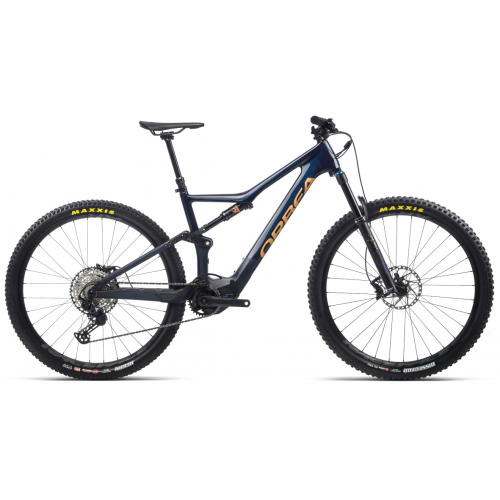
£3,999.00 Was £5,899.00
32% Off
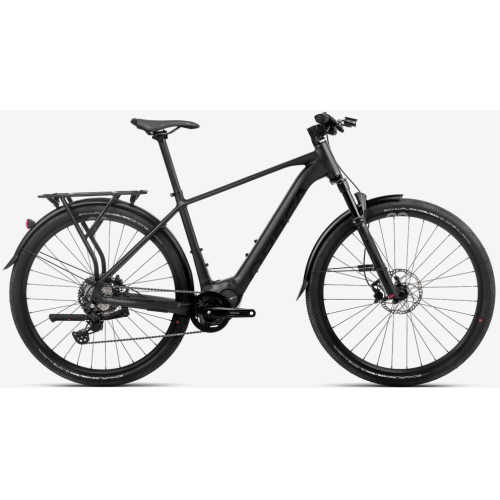
£2,999.25 Was £3,999.00
25% Off
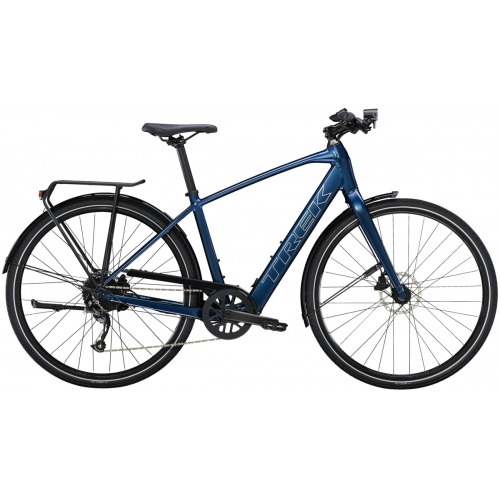
£1,599.00 Was £2,125.00
16% Off
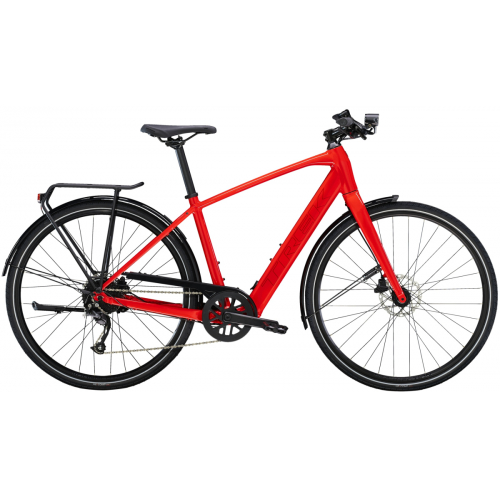
£1,599.00 Was £2,250.00
21% Off
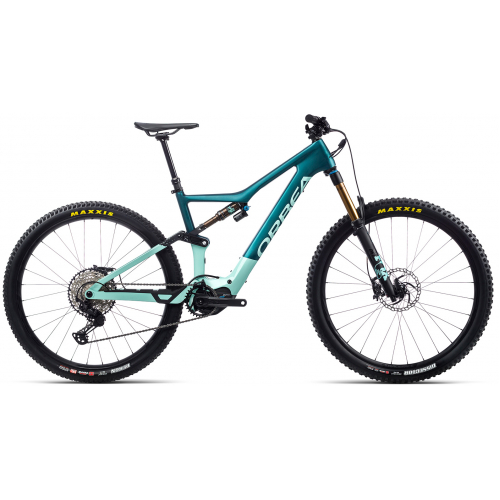
£4,999.00 Was £7,499.00
33% Off
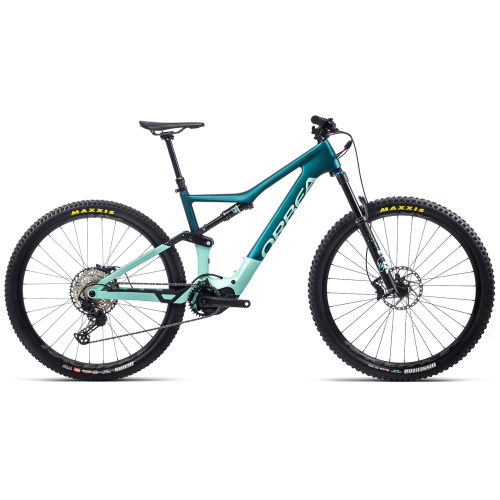
£3,999.00 Was £5,899.00
32% Off
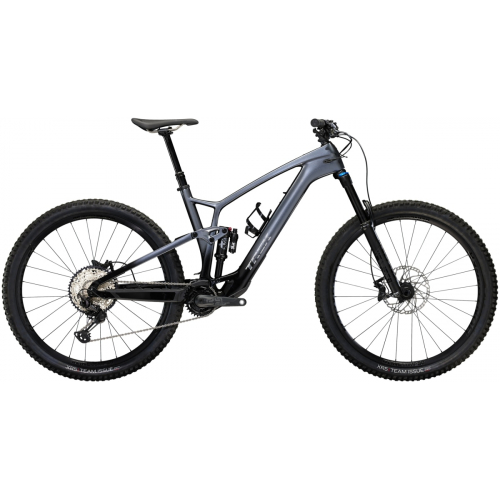
£4,995.00 Was £7,400.00
33% Off
